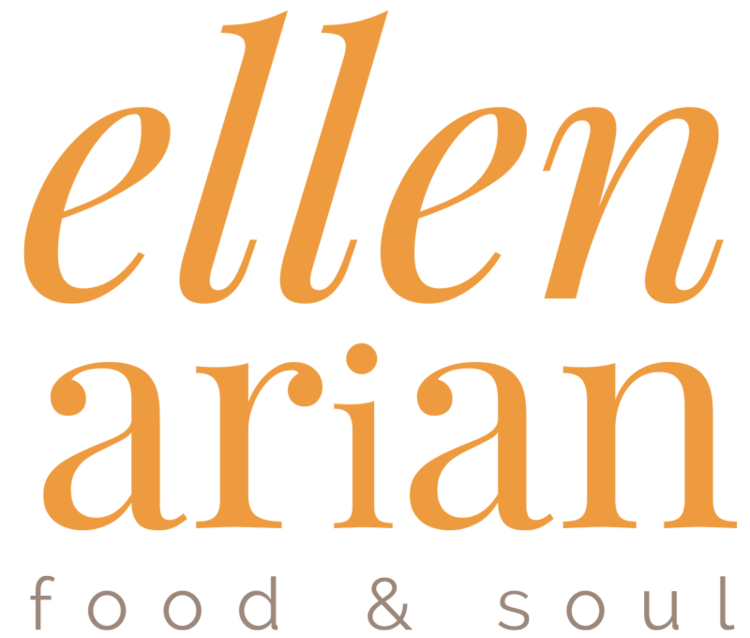Here in the Mid-Atlantic, the weather has made a gradual shift from warm to cold, which has brought me, as it always does, to consider the wisdom of eating seasonally. As I replace tomatoes and corn with winter squash and hardy greens, I am occasionally tempted to let summer’s melody linger on in my cooking, but I can think of several reasons to resist the temptation.
Seasonal foods are more nutritious because they are generally grown and harvested close to home. They give us the nutrients we need to support health in our own unique climate. They are also more nutritious because they’re harvested when ripe. Produce that travels is generally picked before it’s ready. It might look ripe when we buy it, its color may have bloomed, but nutritional value comes from the stem. So, food can’t become more nutritious after it’s harvested, only less so, no matter how it appears.
Food harvested in season and close to where we live tastes better because it’s fresher, and because local varieties are grown for flavor rather than their ability to be shipped across miles.
Seasonal foods grown nearby are cleaner since they are not treated with the chemicals needed to preserve them during shipping and storage.
Buying foods that grow nearby and that are harvested in season is more economical. It leaves shipping costs and middle men out of the equation, especially if we buy directly from farmers, but also if we buy local produce at the grocery store.
There is another reason to eat seasonally and it is one worthy of standing alone. Our bodies attune to a natural rhythm, one that is synchronized to the seasons of the year and the hours of the day. Spring and summer (like morning and early afternoon) inspire a building up and expending of energy. Fall and winter (like late afternoon and evening) are better suited to slowing down, pulling inward, and allowing ourselves time to rest. Eating seasonal foods supports this natural rhythm. When we disregard it—when, for example, we eat zucchini or melon in the winter and burn the candle late into the night—we may become less resilient. And it is resilience, an inner vitality that enables us to recover quickly, that maximizes our potential for strength and well being. So eating seasonally is one important way of maintaining optimal health.
Finding seasonal foods at the grocery store can be a trick because at any time of the year we now find produce that was once available for only a few weeks or months. To complicate matters, if you don’t garden, you may not know what foods are in season. Even so, you can learn to “read” your produce to predict how it will affect you by paying attention to qualities that give you clues.
Cooling foods are suitable for warm weather. They have a high water content and are best eaten raw or lightly cooked. Think cucumbers, watermelon, and juicy berries. Cooling foods like radishes, sprouts, green beans, and zucchini grow quickly and many reflect the darker colors of the rainbow: blue, green and purple. Tropical foods like bananas and pineapple are especially cooling, as are fresh herbs like cilantro, basil and chives. A cooling diet should ideally contain a higher proportion of fresh foods, and less protein and fat. It should contain tender leafy greens and fewer cooked foods, and cooking should be light. Steaming is an ideal way to cook foods in warm weather.
Warming foods are suitable for cool weather. They’re harder, drier and more compact, and they require more heat to prepare. Think butternut squash, dried beans, parsnips, and garlic. Warming foods like winter squash and sweet potatoes grow slowly and are generally lighter in color: red, orange, yellow and white. Dried spices, like cinnamon, nutmeg, and peppercorns are warming. A warming diet should contain a higher proportion of cooked foods, along with richer proteins and fats. Animal foods are warming, as are longer cooking times. Slow stewing and roasting are especially suited to cool weather.
Keep in mind that warming and cooking are relative terms. A strawberry is more warming than a mango, but it is still cooling—that is, still not well suited to a snowy day.
Also, remember that the way you prepare foods can influence whether they become warming or cooling. Consider a carrot, which can be harvested fresh in spring, summer, and fall. It can also be served out of storage in winter, so it is seasonal year round. In warmer months, you can juice it or grate it into a salad. In colder months, you may want to cook it into a soup, puree it, or roast it with olive oil. Do you see how when we want to make a food more warming, we cook it longer, at a higher temperature, and with added fat? The temperature at which you serve foods also matters. I eat soup year-round, but cooked for less time and served lukewarm in summer, and simmered longer and served very warm in winter.
Copyright, Ellen Arian, Ellen’s Food & Soul


